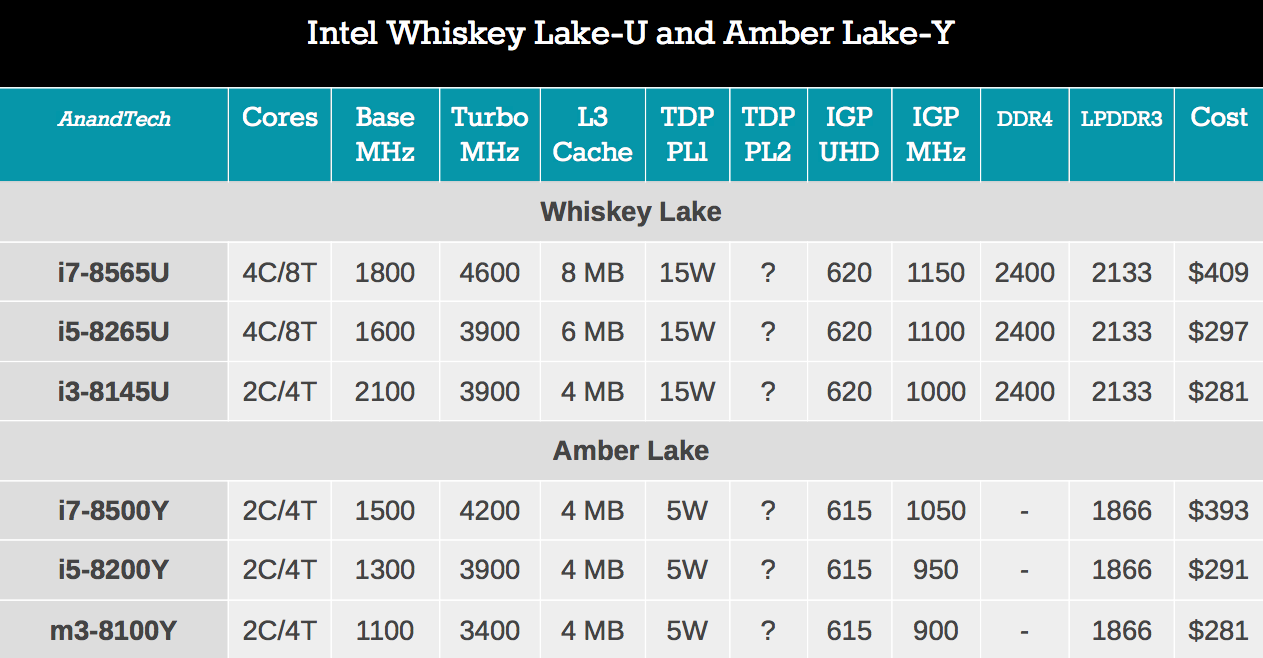THE Intel You may have some trouble advancing your chip technology and some hypothetical ones in the difficult task of convincing Apple to continue its long-term processors. From a more immediate perspective, however, the company is meeting its expectations of the world's largest processor manufacturer. Proof of this new wave of chips presented yesterday.

The eighth generation processors of U series (“Whiskey Lake”) and series Y (“Amber Lake”) are designed especially for thin and light laptops, the former for more powerful and expensive machines, and the latter for incoming computers or tablets. In other words, it is very likely that we will see new creations in future MacBooks (or MacBooks Air, as the rumors claim).
One of the biggest new features of the new chips is the full support for Gigabit Wi-Fi networks with much higher connection speeds; all processors also accept eSIMs if manufacturers use Intel's own Gigabit LTE modems on the same machine. In addition, we have built-in support for second-generation USB 3.1 ports and voice services like Alexa or Cortana.
Unfortunately, none of the new models support the new LPDDR4 RAM standard, which means 32GB of memory is out of the box for these machines (unless the manufacturer chooses to use conventional DDR4 memories, as Apple did on MacBooks Pro which unlikely on cheaper machines).
The 15W U Series features processors that rotate between 1.6GHz base speed with up to 4.6GHz Turbo boost; one of the models has two cores with four threadswhile the others have four cores with eight threads. The more modest Y Series features 5W processors that allow you to build computers up to 7mm (!) Thick and four-core dual-core processors. threads.
O AnandTech listed all models in the chart below:

It is good to note that none of the processors bring architectural changes despite the different names, all are still part of the architecture. “Kaby Lake”, 14 nanometers (yes, this Intel naming structure is a weird fruit salad).
According to Intel, laptops and hybrids equipped with the new chips will begin to appear in the market in the fall of the northern hemisphere, that is, we can expect them for the coming months. Is Apple taking advantage of this? Let's wait.
